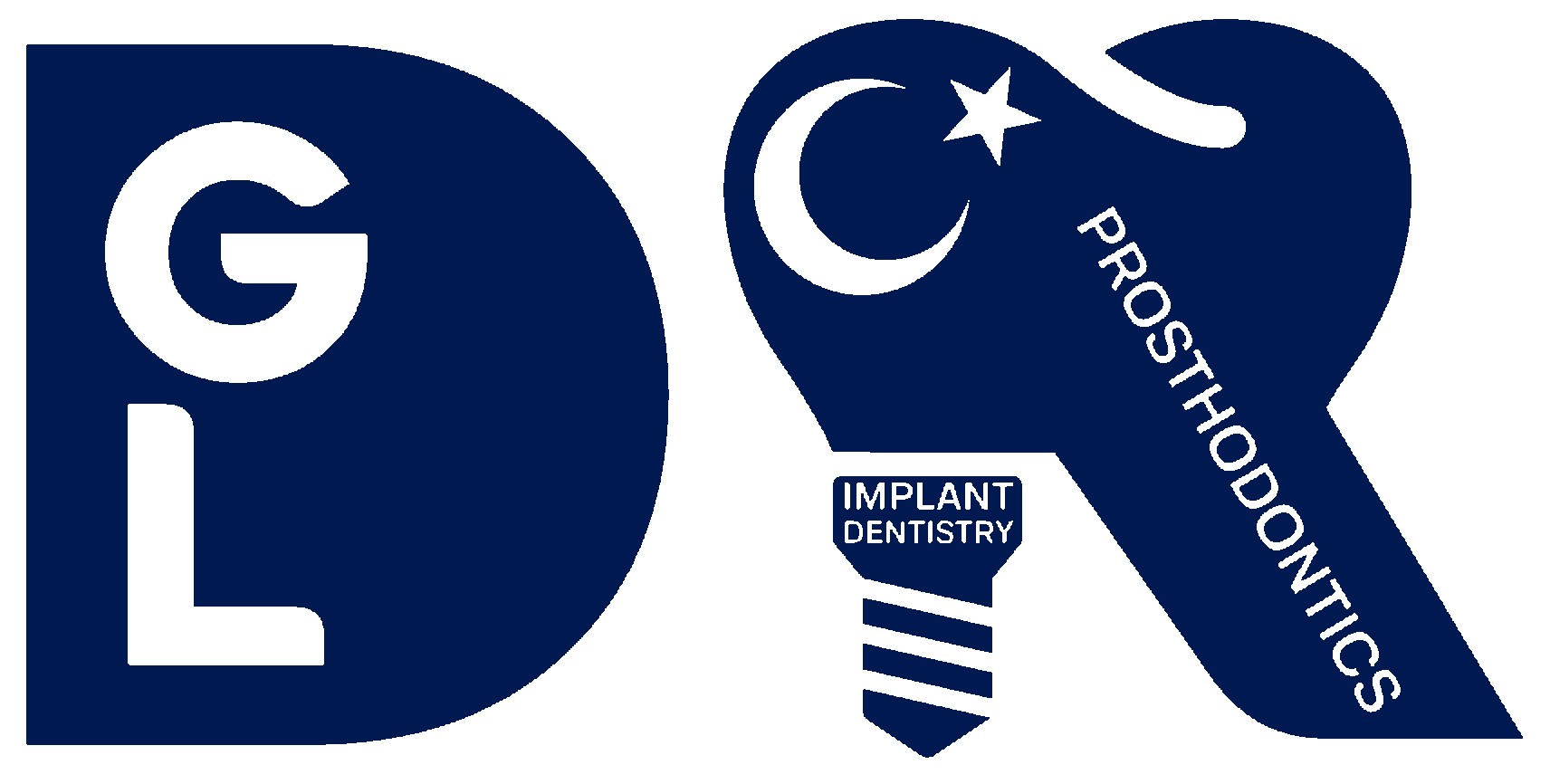Orthodontic treatment with braces is a common and effective method for correcting misaligned teeth and jaws. This treatment not only improves the appearance of your smile but also enhances oral health by making it easier to clean your teeth and reducing the risk of dental issues.
What Are Braces?
Braces are dental appliances used to straighten teeth, correct bite issues, and align the jaws. They consist of brackets attached to the teeth and connected by wires and bands. Over time, braces apply gentle pressure to move teeth into their desired positions.
Types of Braces
1. Metal Braces: Traditional metal braces are the most common type. They are made of high-grade stainless steel and are more comfortable today than ever before.
2. Ceramic Braces: These are similar to metal braces but use clear or tooth-colored brackets that blend in with the teeth, making them less noticeable.
3. Lingual Braces: Placed behind the teeth, lingual braces are hidden from view, offering a discreet option for those concerned about aesthetics.
4. Invisalign: These are clear, removable aligners that are custom-made for your teeth. They are a popular choice for adults and teens who want a nearly invisible option.

Benefits of Orthodontic Treatment
- Improved Oral Health: Straight teeth are easier to clean, reducing the risk of cavities and gum disease.
- Enhanced Appearance: A straight, beautiful smile boosts confidence and self-esteem.
- Better Functionality: Correcting bite issues can improve chewing and speech.
- Prevention of Future Problems: Properly aligned teeth can prevent excessive wear and tear, jaw pain, and other dental issues.
The Treatment Process
1. Consultation: The first step is a consultation with an orthodontist, who will evaluate your teeth and discuss your treatment options.
2. Fitting Braces: Once a treatment plan is in place, the braces are fitted. This process involves attaching brackets to the teeth and threading wires through them.
3. Adjustments: Regular visits to the orthodontist are necessary to adjust the braces, ensuring that teeth are moving correctly.
4. Retention: After the braces are removed, a retainer is used to maintain the new position of the teeth.
Conclusion
Orthodontic treatment with braces is a transformative process that offers numerous benefits beyond just a beautiful smile. By understanding the types of braces available and the treatment process, patients can make informed decisions about their oral health. If you're considering braces, consult with an orthodontist to explore your options and start your journey to a healthier, more confident smile.












